In winter, you especially want fresh vegetables! How to build a heating system in a greenhouse with your own hands
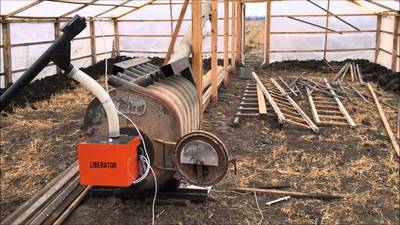
It is possible to make heating for a greenhouse yourself. To ensure that heating does not turn out to be unprofitable, it is useful before planning plantings get acquainted with the climate diagram of a specific area.
Table of minimum temperatures of the territory, available online, will tell you in which months what frosts can be expected. This information will save you from heating the greenhouse during the period when it will be technically and economically impractical to heat it.
Types of heating for a greenhouse, how to do it yourself
There are several ways to heat greenhouses.
Biological

This is the oldest method of heating greenhouses, which is still relevant today. Suitable for heating greenhouses in spring and autumnThis option is quite labor-intensive.
Peculiarities
The basis of biological heating is heat released during the decomposition of organic wastec. Cow or horse manure, including mixed with chopped straw, is most often used to heat greenhouses.
One bookmark is enough for 3-4 months, Thus, per season may be needed one or two bookmarksIn this case, the plants may have to be removed, therefore it is more appropriate to use this method for plants with a short growing season.
How to do it right
- Prepare manure. It should be stored well dried.
- A week before laying, “warm up” the manure: put it in a pile and pour warm water over it. When the pile starts to steam, the manure is ready to be laid.
- Lay out in ditches or simply in a layer 30—60 cm.
- Sprinkle on top 20-25 cm soil in which to plant the plants.
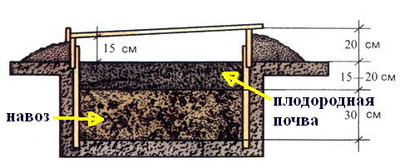
If you do the second bookmark it doesn't make sense, for example, if there are few plants left or there is time before severe frosts, then consider additional heating methods, for example, episodic electrical.
After all, even at the end of the season, temperature fluctuations can be short-lived, and the greenhouse may need to be heated. only a few nights a month.
Water
This type is implemented as part of a single home heating system. (in this case, a common house boiler is used, but the heating circuit must be separate so that it can be switched off for the winter), and it is also possible to install a separate system (an additional boiler is required).
Features of operation depend on the type of boiler, they are:
- solid fuel;
- gas;
- electrical.
Another option is - use of solar collector.
Solid fuel less convenient due to the need to periodically manually place it into the firebox. Gas and electric heating more automated, but electricity costs significantly more than gas. Solar panels will require significant initial investment, but will be extremely economical to operate.
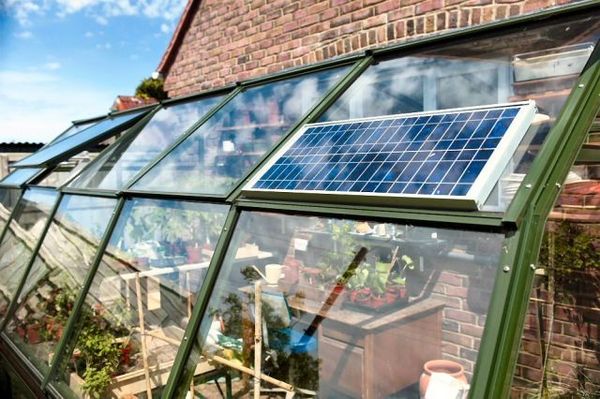
Photo 1. Solar collector installed on the roof. It is an economical way to heat greenhouses.
And there is also the simplest option of using water to increase the temperature in the greenhouse. If you place in it one or more barrels of water (especially black ones), during the day they will warm up in the sun and at night they will heat the greenhouse.
How to do it right
Depending on the selected type of water heating, a system diagram is designed. It may include boiler or solar panels, pipes, radiators, circulation pump and other components. The selected option should be studied in detail, and consultants from companies selling it will also help in choosing the equipment. It is best to involve specialists in designing, although a lot of the necessary information for creating a circuit yourself is currently available online.
Electrical
Electrification of the greenhouse - an extremely useful thing not only for heating.
Reference. There are a lot of useful electrical appliances for plant growing. These include temperature and humidity sensors, special phytolamps that accelerate plant growth, various types of heating devices, pumps, humidifiers, and so on.
It is possible to create a practically automated system, which will maintain the required temperature, humidity and lighting for growing specific plants.
Features of electric heating
The peculiarity of this type of heating is the variety of technical solutions. Here are some current options:
- electric boiler with water heating system;
- infrared heating devices;
- heat guns;
- solar heating system;
- split systems with heating function.
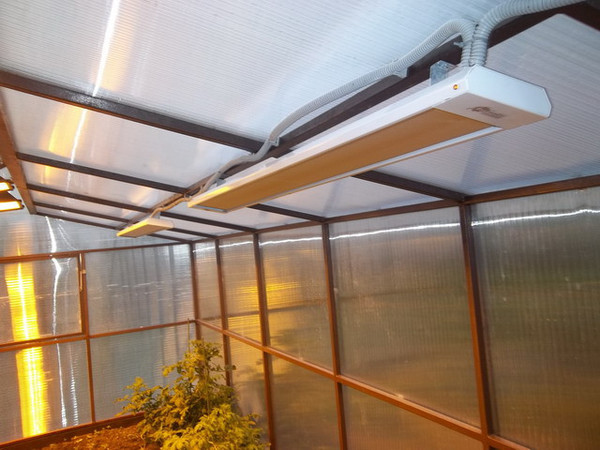
Photo 2. Infrared heaters for heating greenhouses. The devices are installed under the ceiling of the greenhouse.
How to do it right
Electric heating is considered expensive. A well-thought-out scheme of such heating minimizes costs. Here are some solutions for this:
- It is important to determine the period when the temperature in your region does not fall significantly below zeroUsing a greenhouse only during periods of predominantly positive temperatures will significantly reduce heating costs throughout the year.
- Use a water barrel installation to store heat from natural sunlight and low-cost methods of increasing temperature, such as biological ones.
- Use solar panels. This will not only minimize operating costs, but will also protect the greenhouse from power outages.
- Automate the system, including temperature sensors in it so that when the temperature is sufficiently high, the devices automatically turn off.
One of the simplest electric heating schemes is to install infrared heaters on the ceiling. Their calculation is based on the area of the greenhouse: 1 kW heater power is used per 10 sq. m. greenhouses. Thus, per 30 sq. m.., for example, will be requiredI have 3 heating devices of 1 kW eachThis type of device is often used for cost-saving purposes.
Stove
This type of heating is traditionally popular in Russia due to its autonomy and fuel availability. Although it cannot be called either extremely convenient or easily automated.
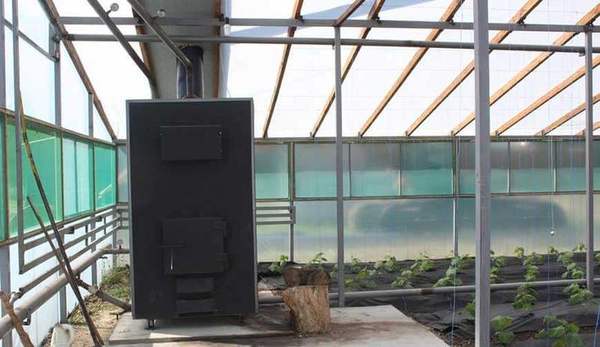
Photo 3. Solid fuel stove for heating a greenhouse. The device is connected to a water heating circuit.
Peculiarities
In greenhouses, as a rule, metal and brick ovens are used. Brick — retain heat longer, cool slowly, and do not dry out the air. Metallic — dry out the room and cool down quickly. To level out the second problem, they are supplemented water circuitThe coolant takes longer to cool down, and sudden temperature changes are smoothed out.
How to do it right
Choosing a stove depends on the seasonality of greenhouse use. If it is planned to be used for several months a year, a metal stove is better suited. Such a stove can be removed from the greenhouse for the winter, there is no need to make an additional foundation. A metal stove is often installed in the vestibule, supplemented with a water circuit entering the greenhouse, which allows not to dry out the air in the main room with plants.
A brick oven requires the installation of a foundation and is more suitable for year-round use.
Attention! Due to the high heating temperature of the chimney Fires are possible.
Useful video
Watch a video that talks about the features of heating a greenhouse with a solid fuel boiler.
What else is important to consider when using a greenhouse and heating it
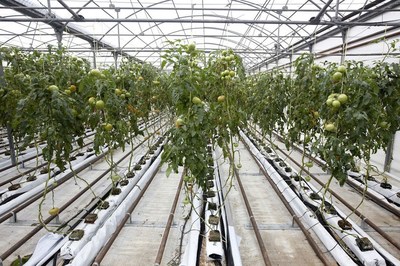
When installing a heating system in a greenhouse on your own, it is essential you need to follow the instructions for the heating devices, And observe safety precautions.
A number of heating devices pose a fire hazard, and gas as a fuel is explosive.
Remember that for effective plant growing it is necessary not only to maintain the optimum temperature, but also a specific one for each type of plant. the level of air and soil humidity, as well as illumination. Using special devices to measure and control these characteristics will accelerate plant growth and increase yields.







Comments
Almost any solid fuel can be used as fuel for these boilers, although they all have different combustion temperatures, so you need to pay attention to the fact that the firebox of the selected boiler can withstand these temperatures.